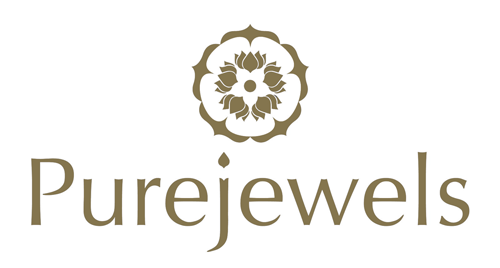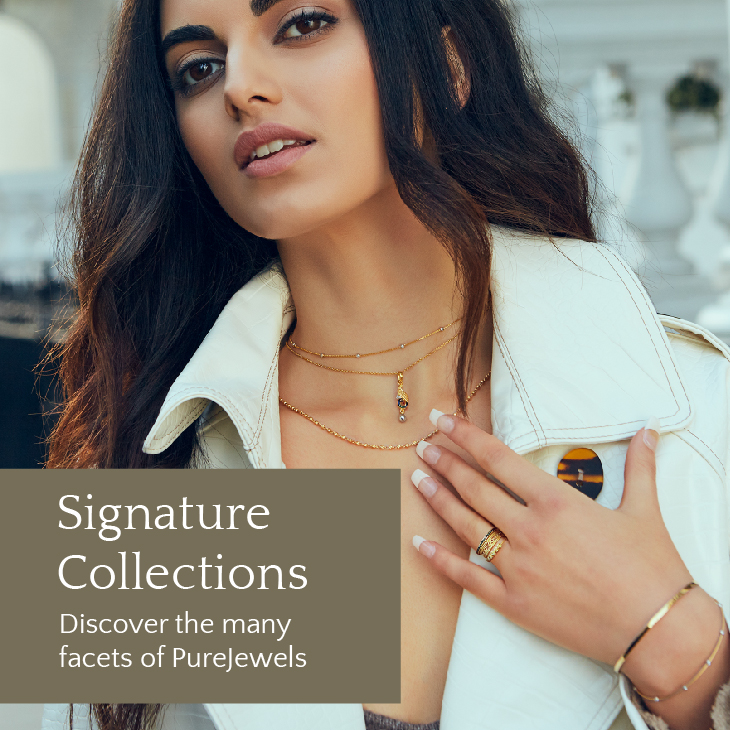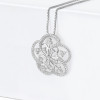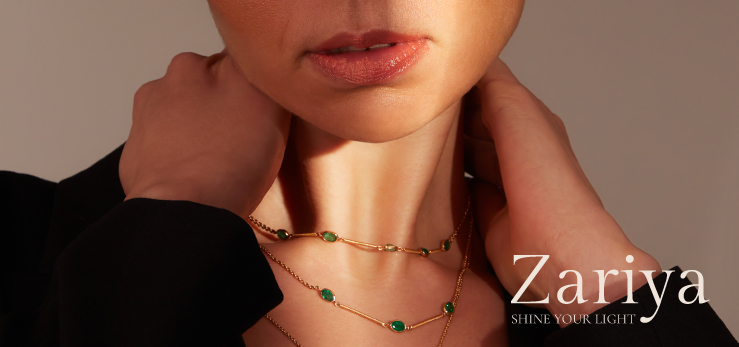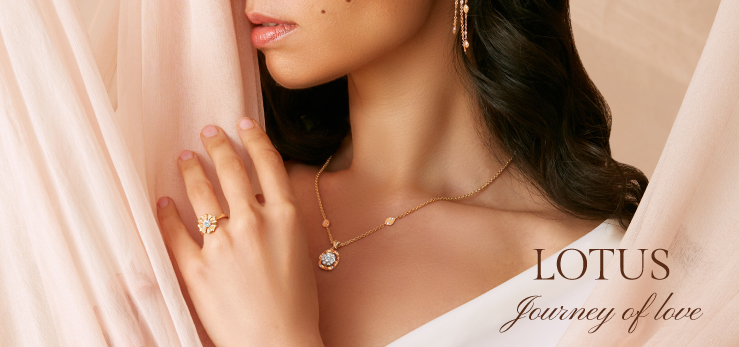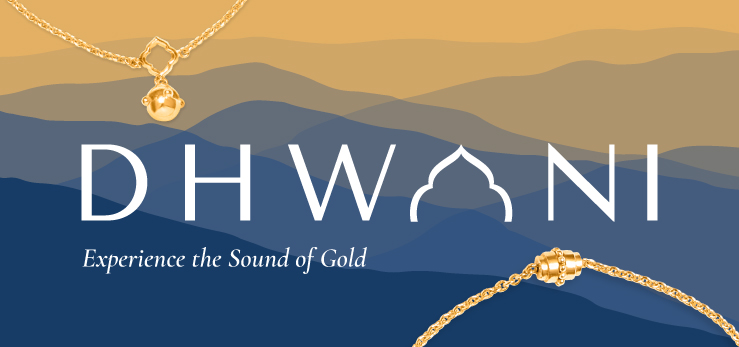Whilst those born in October have two spectacular birthstones to boast of, we are putting a special spotlight on Opals.
Do you remember those long pyramid-shaped tubes that we looked into to see various patterns, also known as kaleidoscopes? Let us introduce you to nature’s version of that kaleidoscope i.e. Opals. Opals are one of the highly sought after and fragile gemstones found in seasonal rains that drenched dry ground in areas such as Australia’s semi-desert “outback.” Much of the water evaporated during dry periods, leaving solid deposits of silica in the cracks and between the layers of underground sedimentary rock. The silica deposits formed opal. The October birthstone’s dramatic play of colour has inspired writers to compare it to fireworks, galaxies and volcanoes.
Where & How are Opals formed?
Opal is known for its beautiful display of flashing rainbow colours called play-of-colour. There are two kinds of opal: precious and common. Precious opal displays play-of-colour, common opal does not. Play-of-colour occurs in precious opal because it’s made up of sub-microscopic spheres stacked in a grid-like pattern—like layers of Ping-Pong balls in a box. As the lightwaves travel between the spheres, the waves diffract or bend. As they bend, they break up into the colours of the rainbow, called spectral colours. The colour you see varies with the sizes of the spheres.
There are five main types of opals as mentioned below:
- White or light opal: Translucent to semitranslucent, with play-of-colour against a white or light grey background colour, called the body colour.
- Black opal: Translucent to opaque, with play-of-colour against a black or other dark background.
- Fire opal: Transparent to translucent, with brown, yellow, orange, or red body colour. This material—which often doesn’t show play-of-colour—is also known as “Mexican opal.”
- Boulder opal: Translucent to opaque, with play-of-colour against a light to a dark background. Fragments of the surrounding rock, called matrix, become part of the finished gem.
- Crystal or water opal: Transparent to semitransparent, with a clear background. This type shows an exceptional play of colour.
The fields of Australia are the most productive in the world for this October birthstone. Ethiopia, Mexico and Brazil are also important sources. Additional deposits have been found in Central Europe, Honduras, Indonesia, Madagascar, Peru, Turkey and the United States.
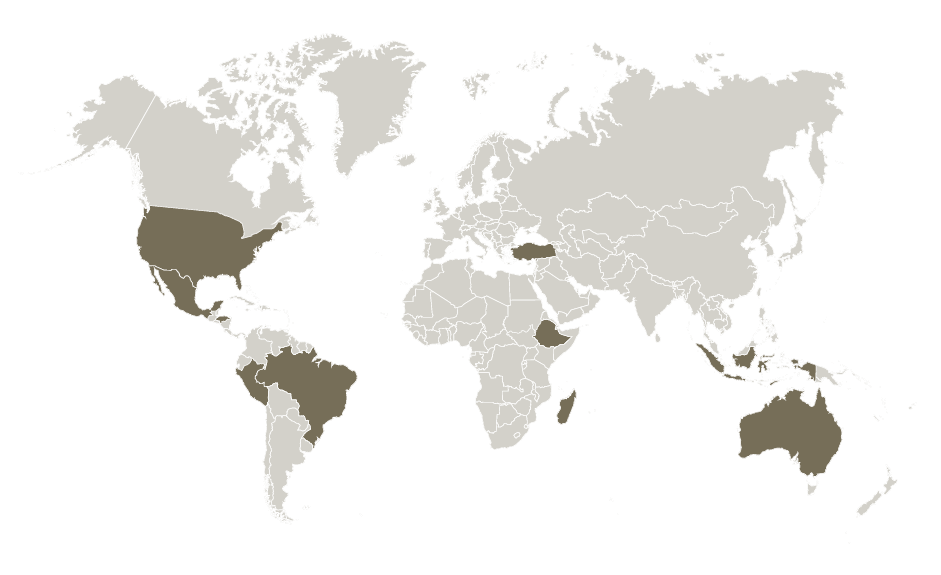
The name of this, the traditional October birthstone, is believed to have originated in India (the source of the first opals brought to the Western world), wherein Sanskrit it was called Upala, a “precious stone.”Admirers gave extraordinary opals poetic names like Pandora, Light of the World, and Empress. In ancient Rome, this gem symbolised love and hope. Similarly, the Romans gave it a name—opalus—that was also synonymous with “precious stone.”
Many cultures have credited opal with supernatural origins and powers. Arabic legends say it falls from the heavens in flashes of lightning. The ancient Greeks believed opals gave their owners the gift of prophecy and guarded them against diseases. Europeans have long considered the gem a symbol of hope, purity, and truth.
Throughout most of history, opal has been regarded as the luckiest and most magical of all gems because it can show all colours. Once, it was thought to have the power to preserve the life and colour of blond hair.
If you are looking for a gift then consider an Opal Ring or pair of earrings as it is also the stone given to celebrate a 14th wedding anniversary.
Treatments on Opals
Opals are often treated by impregnation with oil, wax or plastic. Impregnation is the surface of a porous gemstone is permeated with a polymer, wax or plastic to give it greater durability and improve its appearance. This kind of treatment helps to enhance the stone’s play of colour which yields a better economic value in the market. Treating gemstone is a very common practice in the trade as it makes the stone more durable and aesthetically appealing.
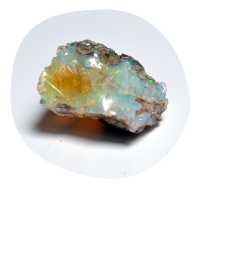
Synthetic vs Imitation vs Natural Opals
Synthetic opals are man-made opals that have the same chemical composition, internal structure, physical properties, and appearance as natural opals. They are often called lab-created opals. The main reason that people produce synthetic opal is the hope of being able to manufacture it at scale and at a price that is lower than natural opal. Even the very best synthetic opal can be cut into cabochons and sold for just a small fraction of the price of natural opal cabochons of similar size and appearance. A certified gemologist can help you identify between synthetic and natural opal.
Now if you are wondering what is imitation opal, then let us help you with that. Imitation opal, also known as simulated opal, is a man-made material that has an opal-like appearance but does not have all of the chemical, physical, and optical properties of natural opal. Most imitation opals are made from glass, resin, or plastic. Some exhibit a colourful flash that is very similar to the play-of-colour exhibited by natural opal. Many imitation opals are now made mainly of plastic resin with a minor amount of silica. One of these has been marketed under the name “opalite”.
Then there are doublets or triplets which are fine slices of natural or synthetic opals glued to a base material that could be wood and covered with a thin dome of clear quartz.
How to style Opal Jewellery?
Opal has a soft, warm characteristic, and a mystical aesthetic that easily makes it irresistible to the eye. With a shift in trends, Opals are now often used as an alternative to traditional diamond engagement rings. Opal rings are very ethereal and can be idyllic engagement rings. Opal jewellery can suit both men and women, there are many styles for men as rings or bracelets to choose from. Other than the colourful play in the stone, there are beautiful opal varieties known for their colour. Known to be a powerful healing stone, pink opal can beautifully enhance your aura with its pearly sheen. Rock an opal pendant with casual-chic everyday wear or dress it up with an evening gown.
Furthermore, opals make a great item to gift someone on their special day, be it a birthday or an anniversary. Its beauty and galaxy-like look not only make it enticing but also affordable and durable.
Opal’s Care and Cleaning Guide
The safest way to clean this October birthstone is with warm, soapy water. Other cleaning methods might damage the opal or filler material. Note that prolonged exposure to water may weaken the adhesive in opal doublets and triplets. Even natural opal can fracture if exposed to high heat or sudden temperature changes. It is advised to store them in a cool, dark area. And if you start to see cracks on the surface of your opal, soak them in water for a few hours and they should be back to their usual state. This October birthstone ranges from 5 to 6.5 on the Mohs scale of hardness, which means it’s not as hard as Diamonds or Rubies, so it’s important to take extra care with your opal jewellery.
